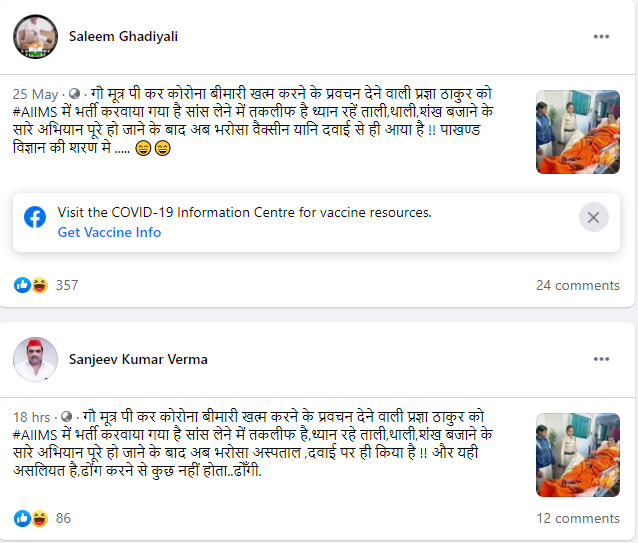


In some cases these search engines have problems with downloading an image from a provided link, which seems to work in our local browser – what helps in that kind of situation is to download the picture and then upload it from our computer. It is worth considering that the three aforementioned services differ in mode of their operation which is evident if we compare the results from searching the same samples. Uploading a picture (by selecting a file from your computer or just dragging and dropping the image in the search field) or pasting a link from which the service will download the image provides us with a quick clue on where in the world the photo was taken, what object it depicts or who is the person in the picture. The reverse image search option can be very helpful in all kinds of investigations. Some of you may find the results quite surprising. This little experiment of mine was performed for three most well-known search engines with the “reverse image search” capabilities: Google, Bing and Yandex. But as usually with these kinds of services, some of them do better than others, some have more options for further search while the others have less. You upload a file or take a photo and in the blink of an eye you get the results of similar images, a list of websites which contain them, suggestions of related topics, etc. I bet most of you (if not everyone) performed a reverse image search using one of the popular search engines. Author of the OSINT hints series on Sekurak (in Polish). This is a guest blog post by Krzysztof Wosiński who is a quality and cybersecurity engineer of military IT products by day / OSINT researcher and social engineering enthusiast by night.


 0 kommentar(er)
0 kommentar(er)
